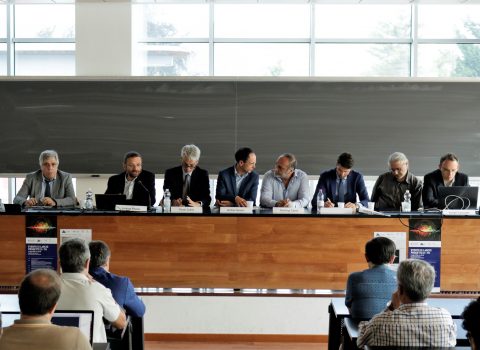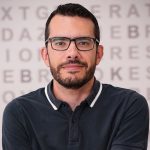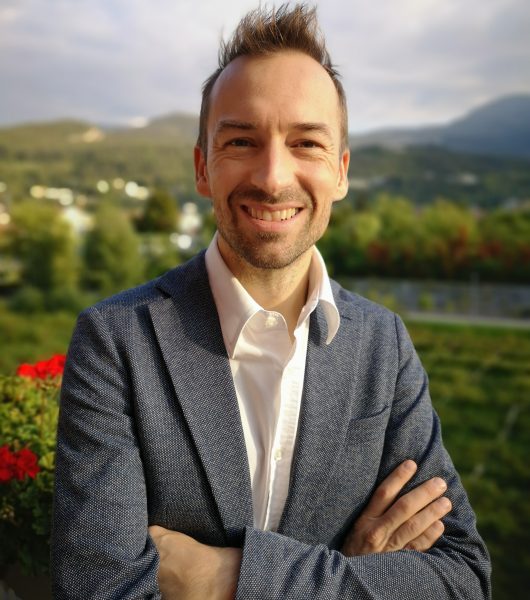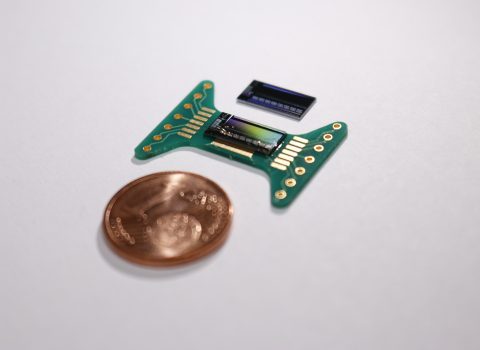
Seeing the invisible with the “FastGhost” quantum microscope
A new research project funded by the European Union, whose partners also include FBK, aims to create a cutting-edge microscopy technique that will lead to important applications
Developing a quantum microscope capable of visualizing the biochemistry of a sample in “real time”: this is the main objective of “FastGhost”, a research project funded by the European Union with nearly 3 million euros that officially kicked off on October 1. Among the five partners of the consortium, which include research centers in Germany, Sweden and the Netherlands, there is also Fondazione Bruno Kessler, in particular its IRIS (Integrated Radiation and Image Sensors) unit led by Matteo Perenzoni.
The project is based on the enhancement of a technique known as ghost imaging, which consists in having a certain type of radiation (in this case, the medium infrared) fall onto an object, then using another radiation (visible light) to build the image of the object. What makes this process possible is the existence of a strong correlation between the photons (quanta of light) of the two radiations used. We are talking about the so-called entanglement, a phenomenon typical of quantum mechanics by which two objects present a sort of distant bond: the behavior of one determines that of the other, and vice versa.
“From an experimental point of view, the process occurs in this way: a light source generates pairs of entangled photons of different “color” (or, more precisely, of different wavelengths), one in the mid-infrared and the other in the visible range, which run through two different optical paths», explained Perenzoni. «The first one passes through the object to be observed and reaches a detector, which in turn produces a signal. In the other branch, the visible photon does not interact with the object but falls directly onto an image sensor, made of pixels, from which it is possible to trace its position. At this point, the entire image of the object is reconstructed by repeating the operation millions of times for each pair and correlating, thanks to entanglement, each detector signal with the position on the sensor».
Ultimately, therefore, thanks to the quantum properties of the light used, the image sensor can see an object by measuring a radiation with which it has not interacted, and even more of a different “color”. The FBK group will take care of the development and characterization of the special image sensor, able to recognize single photons separately (here an image of the experimental apparatus).
Although this principle is already known, the aim of the project is to find a way to use it by developing a real microscope that will act in “real time”, and that will be capable of acquiring an entire image in less than a second. The added value will be the ability to perform microscopy in the mid-infrared, an operation that is currently very complex, thus paving the way for important applications. «The infrared microscopy allows to investigate biochemical properties in a selective way: in the future this possibility could also be very useful in the field of medical and diagnostic research», Perenzoni stressed.
The three-year project is part of the Future Emerging Technologies (FET) program within Horizon 2020 (grant agreement n. 899580) dedicated to cutting-edge technology research projects.



